
In the cold season, the roots and tubers rule the kitchen. We invite you to expand the scope of the familiar menu and evaluate unfamiliar tastes.
By December, the entire crop is harvested and safely rests in the bins. From the greens there are only a couple of copies in pots on the windowsill, and tomatoes, peppers, cucumbers and eggplants invitingly shine through the glass packaging of the cans. And only strong roots with a hardy “character” still delight with the freshness of taste every day. Let’s briefly “push” in the direction of the queens of the dining table carrots and beets and talk about the modest heroes-little-known, but no less delicious and healthy root vegetables.
Turnip
Forage turnips, are rarely used for food, as there is an opinion that forage crops are inferior in taste to table crops. But not in this case! You know that they already get a lot of really delicious varieties of this plant with different root forms and rich color of the pulp and peel.
Turnips, such as the Golden Ball, have a thin skin and tender flesh. The root is recommended to be peeled, chopped, stewed and served with butter as a side dish. Or add to soups, which turnip gives a spicy and spicy notes.
Turnips can be sown directly in the open ground (in early May and, if desired, again in early July).
Jerusalem artichoke
Jerusalem artichoke or ground pear can be safely planted in the fields — the hero will survive everywhere. It is enough to bury a few potatoes in the chosen place, and then he will take care of himself. At the same time, the tubers of ground pears, which contain almost the entire periodic table and a lot of vitamins, do not accumulate harmful substances, so they can be safely eaten.
Propagate jerusalem artichoke is simple: you need to plant one tuber in the ground-and next year it will give 8-10 children.

1. Topinambur. 2. Black radish — an old friend of most farmers. It is the most bitter, but also the most useful.
Jerusalem artichoke is a very productive crop. But when choosing a planting site, note that it tends to grow quickly, turning into a weed.
Scorzonera
Scorzonera, or black root — is a rare guest in our beds. It’s a pity, because this vegetable plant has sufficient frost resistance for our latitudes, and its root is sweet and very useful.
Scorzonera is a real delicacy, especially fresh, just dug up. In the cellar, the root vegetable is not stored for a long time-it quickly becomes soft and loses its unsurpassed almond taste. Therefore, in winter, it is advisable to dig up as many roots as you need for the table, the rest can be safely left in the garden, where they will spend the winter even better than in the cellar (except in mulch made of sawdust or leaves). In the spring, you can resume the excavation of the delicacy, until the stems appear.
Everything that is said about the Scorzoner refers to the oat root, or white root. In Europe, like the scorzonera, it has long been actively cultivated as a vegetable. Both sow as soon as the snow melts, because their seeds germinate already at a temperature of +4…+5 °C (39.2-41°F). and in October, you can already dig up root crops.
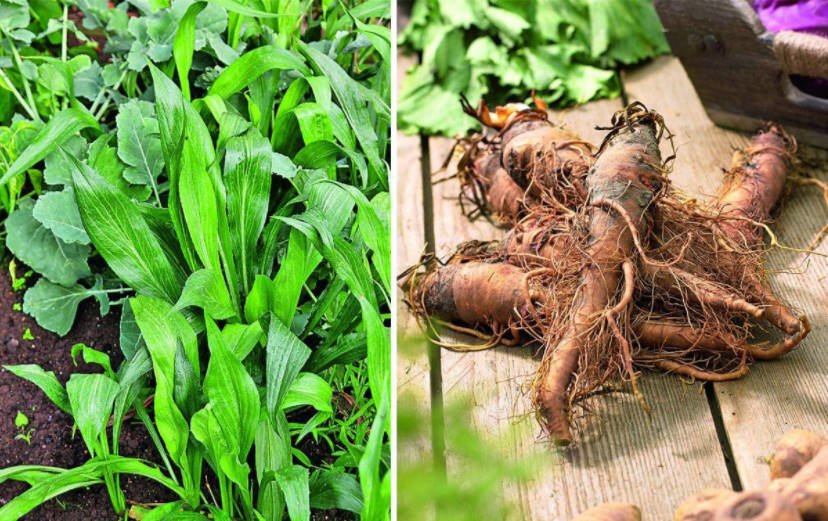
1. Scorzonera. 2. Oat root.
And other
Even ordinary beets change their shape: depending on the variety, their roots are not only red, but also yellow or orange. The color game provides useful yellow betaines, orange-red carotenes, and blue-red anthocyanins.
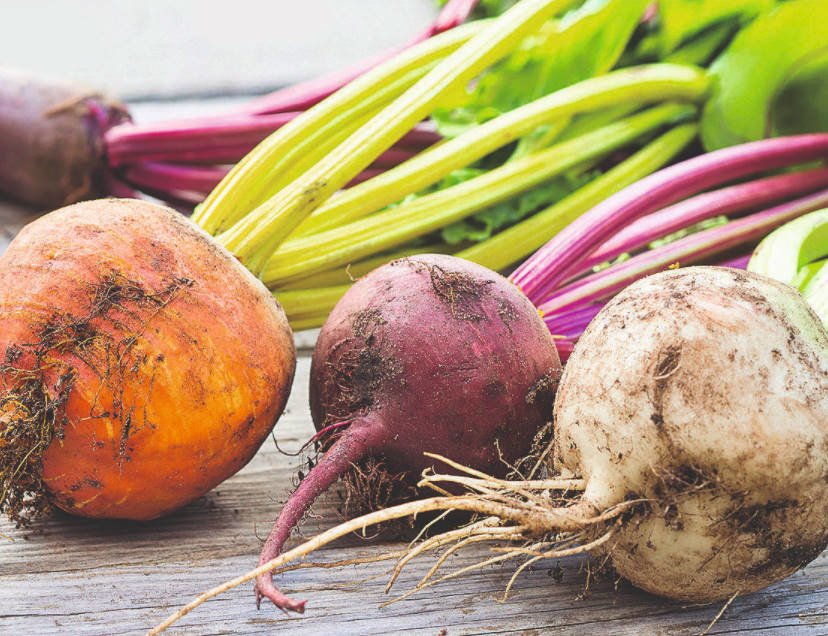
Even ordinary beets change their appearance
Parsley root is very similar to parsnip. To distinguish it, you can dig it up like a carrot, or identify it by the leaves, they are smaller than the root crop, usually have the aroma of parsley.

Parsley root is very similar to parsnip.
The root of chervil, or turnip chervil, has an unusual chestnut flavor. Sow the plant in late autumn, as the seeds will not germinate without exposure to cold.

Chervil root, or chervil turnip
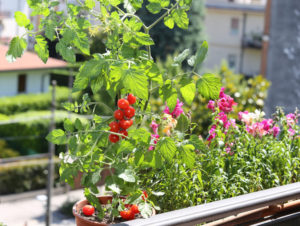
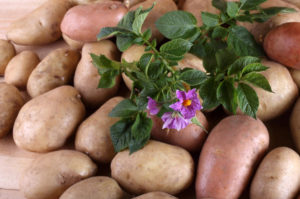
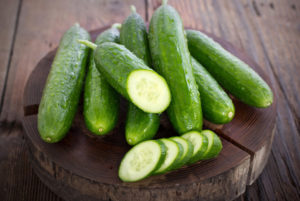
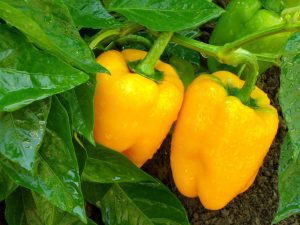
Leave a Reply